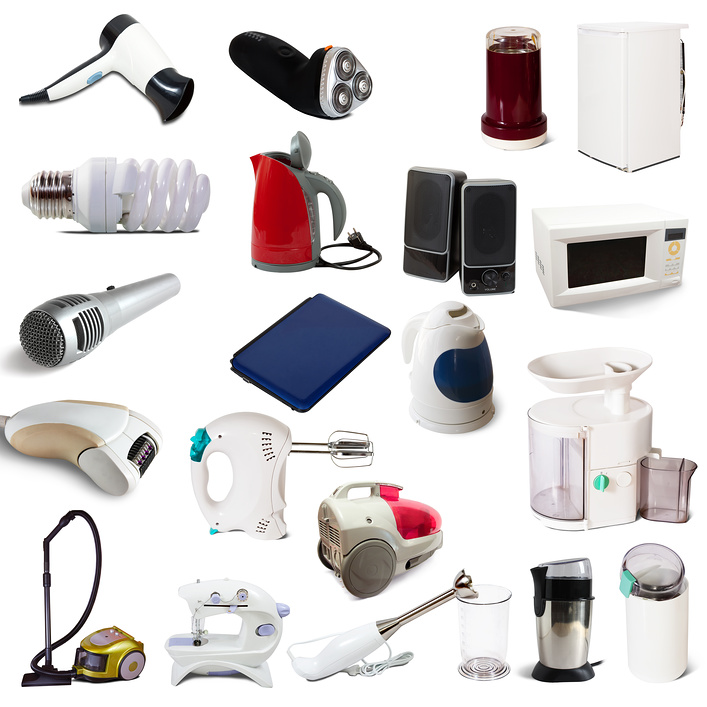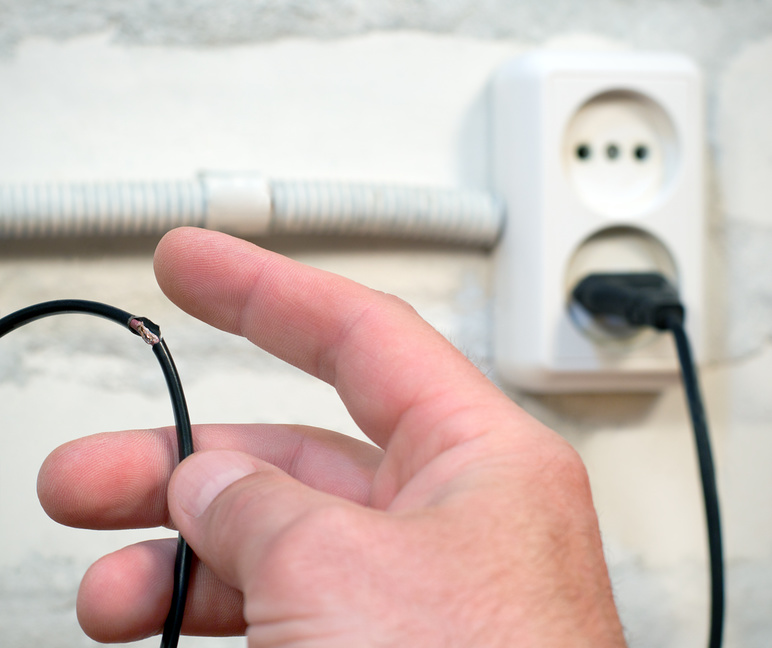
Technical Regulations of the Customs Union “On the Safety of Low-voltage Equipment" TR CU 004/2011
The Technical Regulations of the Customs Union “On the Safety of Low-voltage Equipment” (TR CU 004/2011; hereinafter referred to as TR CU 004/2011) apply to low-voltage electrical equipment intended for use at a nominal voltage of 50 to 1,000 V of alternating current (including both values), and of 75 to 1,500 V of direct current (including both values) and released into circulation in the customs territory of the Union.
However, there are several exceptions that do not fall within the scope of the present Technical Regulations. For instance, the Technical Regulations do not apply to the following:
— low-voltage equipment for pasture fences;
— low-voltage equipment specifically intended for use on vehicles in air transportation, on waterborne, land and underground transport;
— products that have been in use;
— equipment falling within the scope of the following Technical Regulations of the Customs Union and subject to a conformity assessment with their requirements: “On the Safety of Machines and Equipment” (TR CU 010/2011), “Safety of Elevators” (TR CU 011/2011), and “On the Safety of Equipment Intended for Use in Explosive Atmospheres” (TR CU 012/2011), except for cables, wires and power cords;
— medical products;
— defense products;
— components of low-voltage equipment under certain conditions.

What are the regulations concerning market circulation?
Low-voltage equipment is released into market circulation in member states of the Eurasian Economic Union (hereinafter referred to as the Union) if it has completed a conformity assessment (confirmation) procedure with the requirements of TR CU 004/2011, as well as with other Union’s technical regulations which it is subject to. Every unit of a low-voltage equipment needs to be marked with the Eurasian Conformity mark.
What safety requirements are established for low-voltage equipment?
Low-voltage equipment should ensure the following:
— a required level of protection from electric shock;
— absence of unacceptable risk events (high temperature, arc discharge or radiation) that could potentially result in a hazard;
— a required level of protection from injury by moving and stationary parts of low-voltage equipment;
— a required level of protection from non-electrical hazards occurring during the use of low-voltage equipment, including those resulting from physical, chemical or biological causes;
— a required level of insulation safety;
— a required level of mechanical and commutation wear resistance;
— a required level of resistance to the influence of external factors, including nonmechanical ones, under corresponding climatic and environmental conditions;
— absence of unacceptable risk during overload, emergency mode and failures caused by the influence of external and internal factors;
— absence of unacceptable risk during hookup and (or) assembly.
Low-voltage equipment should be designed and manufactured in such a way that it cannot be a source of fire under normal operating conditions and in case of an emergency.
An adequate level of information should be provided to the consumer (user) in order to ensure a safe operation of low-voltage equipment during its intended use.

What are the requirements concerning marking, as well as instruction manuals?
Low-voltage equipment should be marked with the following:
— name and (or) identification of the low-voltage equipment;
— its main technical characteristics;
— name of the manufacturer and (or) trademark of the manufacturer;
— name of the manufacturing country for the low-voltage equipment.
If it is impossible to apply this information onto the low-voltage equipment, it may be specified only in the instruction manuals accompanying this equipment.
The instruction manuals should contain the following:
— information applied onto the low-voltage equipment (specified above);
— information on the function of low-voltage equipment;
— equipment characteristics and features;
— rules and conditions for safe use;
— rules and conditions for assembly, storage, commercial transportation (transportation by own means), marketing, and disposal (if required);
— information on steps to be taken in the event of equipment malfunction;
— name and location of the manufacturer (the authorized person of the manufacturer), the importer, and their contact information;
—month and year of manufacture for the low-voltage equipment and (or) information on the location where this data was applied, and on the way of determining the year of manufacture.
Instruction manuals should be made in Russian.
How do I ensure and confirm the compliance of low-voltage equipment with safety requirements?

Prior to its release into the market of EEU member states, low-voltage equipment is subject to a conformity assessment (confirmation) with the safety requirements of TR CU 004/2011. Conformity of the low-voltage equipment with the requirements of TR CU 004/2011 is ensured by meeting the requirements of standards included in the List of International and Regional (Intergovernmental) Standards; in case of their absence, national (state) standards ensuring voluntary compliance with the requirements of TR CU 004/2011 should be used.
Methods for examination (testing) and measurement of low-voltage equipment are determined by standards included in the List of International and Regional (Intergovernmental) Standards; in case of their absence, this is determined by national (state) standards containing the rules and methods for examination (testing) and measurement, including sampling rules necessary to apply and fulfill the requirements of TR CU 004/2011; these are mandatory.
Low-voltage equipment included in the List in accordance with the Appendix to TR CU 004/2011 is subject to a conformity assessment in the form of certification. The List contains various electrical devices and household appliances; personal computers and particular devices that may be connected to them; electric heat tools and electric musical instruments; cables, wires, power cords, and various equipment for commutation distribution and control (circuit breakers, residual-current devices, electric fuses, starters, etc.).
Low-voltage equipment not included in the abovementioned List is subject to a conformity assessment in the form of declaring conformity.
If low-voltage equipment is subject to a conformity assessment (confirmation) through submitting a declaration, its conformity with the requirements of TR CU 004/2011 may be assessed (confirmed) in the form of certification based on the decision of the manufacturer (the authorized person of the manufacturer) or the importer.
What are the requirements for product marking with the Eurasian Conformity mark?
Low-voltage equipment that has completed a conformity assessment (confirmation) procedure should have the Eurasian Conformity mark prior to its release into circulation, if it meets the safety requirements of all technical regulations which it is subject to.
The Eurasian Conformity mark is applied to every unit of low-voltage equipment in a way that ensures a clear and distinct image throughout the entire service life of the product. The Eurasian Conformity mark is applied onto the product, its packaging and the instruction manuals accompanying this product.
.jpg)

